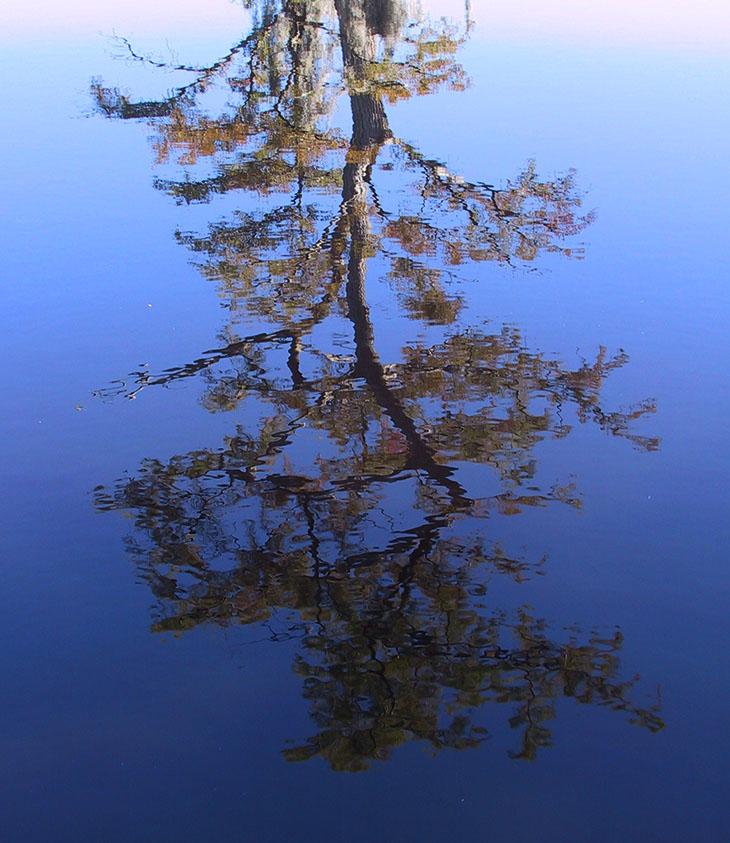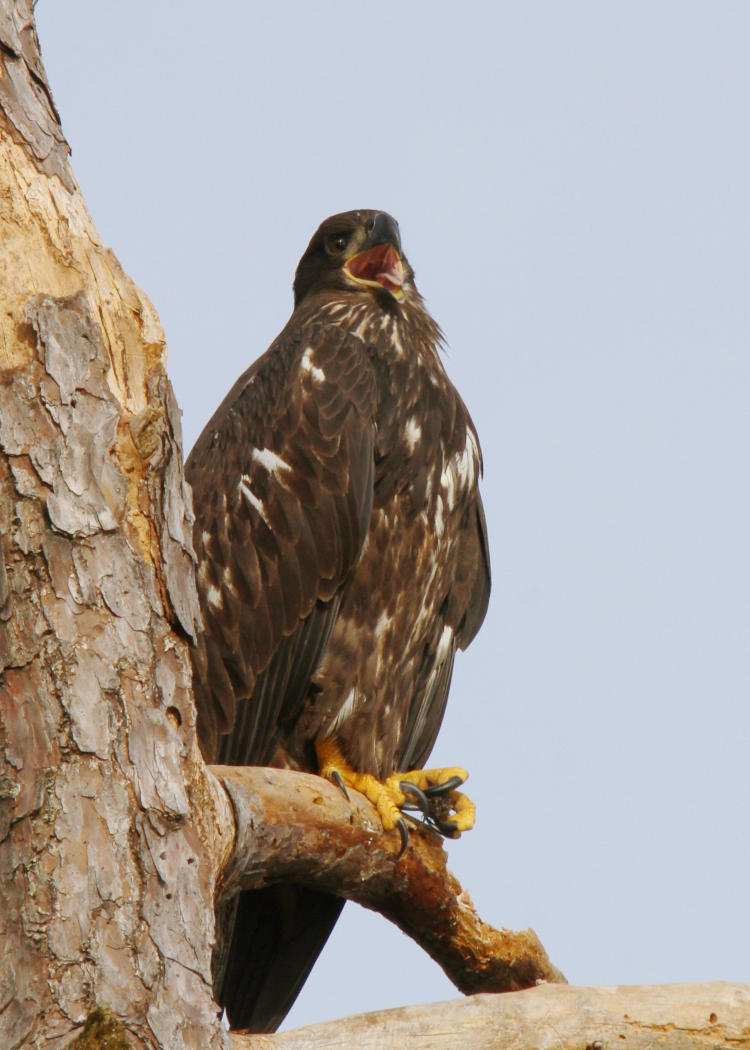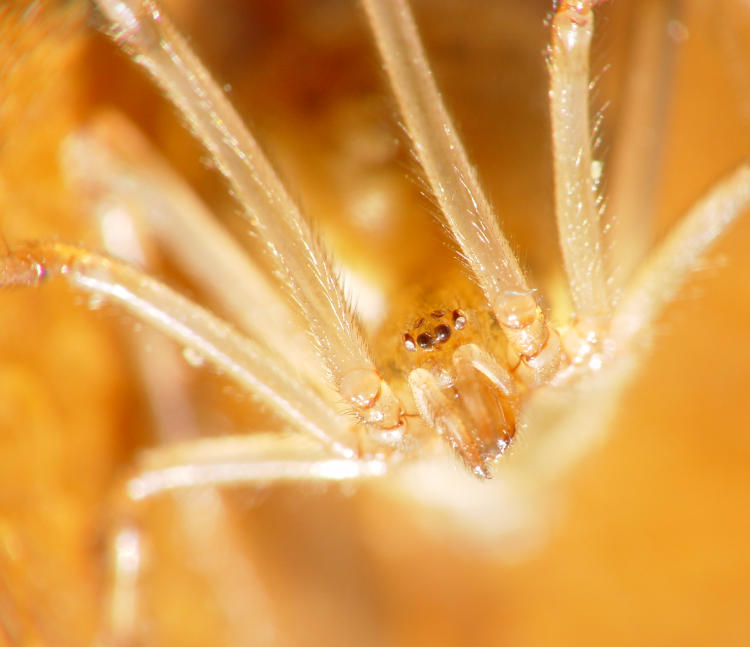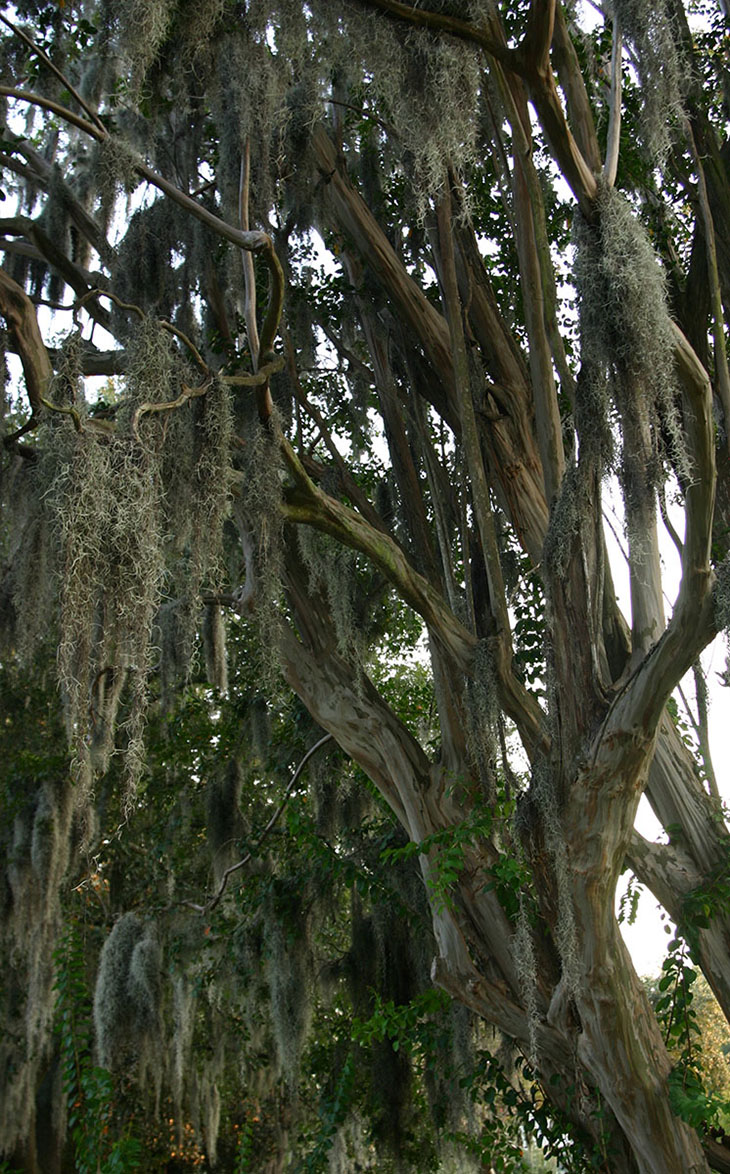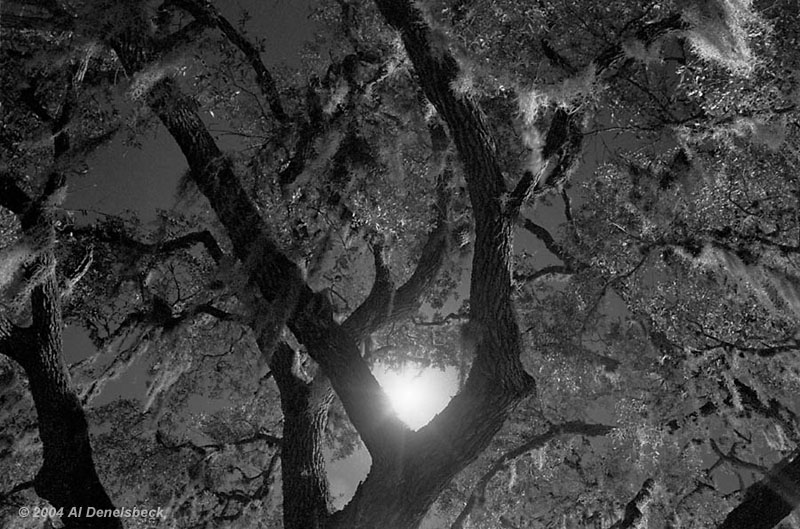The 1980s were this curious time in the pop music biz, because it became virtually necessary for bands to create a music video for anything that they wanted to become popular, which was controversial in itself – a lot of artists didn’t care for the medium, didn’t like the idea of making little movies, didn’t have good ideas, resented that the rules had changed, and so on. Some – most, perhaps – left the whole thing entirely up to their labels or any director that wanted the gig, and this occasionally resulted in some really lame productions.
This particular pair of videos I find amusing, in that they’re from the same band in the same time frame, actually the same album; that would be the band Yes, and the album 90125. We’ll do them in the order of release.
‘Owner of a Lonely Heart’ came out in 1983, fairly early in the game, and the video was truncated for airplay at times because, well, you can determine why:
What starts out as a fairly typical, faux studio session breaks down and restarts as a short, semi-dystopian story rife with symbolism, examining inner turmoil. Notably, it’s cast quite well and shows excellent production values and sets, and while it could barely, if at all, be said to relate to the music, it nonetheless presents a captivating story that keeps us watching; the switches back and forth between color and monochrome work well. The band members appear, but in a manner totally unrelated to music, serving as… agents? Parts of the psyche? Metaphors? Essentially just enough to take part, but remaining mostly extraneous to the plot. Overall, however, it was a major production that showed a lot of creativity and vision, most especially for the time.
The following year, ‘Leave It’ was released:
Even as inept as I am about interpreting music and film, I’m not even going to try on this one, but I suspect the budget was a bit lower. There is likely a story behind it, perhaps even a protest from the band who wanted to keep the focus on the music
[And here, we have a drastic change from the original post, which I was writing as I was waiting for balky pages to load. Because there is a story behind it. First off, it was directed by Godley and Creme, who were particularly known for music video production and did some of the more iconic offerings – which initially made this quite perplexing. But there was a gimmick: there were actually fifteen versions, all submitted to MTV and part of a contest for viewers to determine the differences between them. It’s not hard to see this as a cheap marketing ploy to increase both airtime and viewer attention. You can, if you like, scour the internet and see how many you can find. For my part, it makes for a slightly more interesting aspect of the video, but it would have helped if the videos had been the faintest bit interesting themselves. Though I still like both songs.]




















































